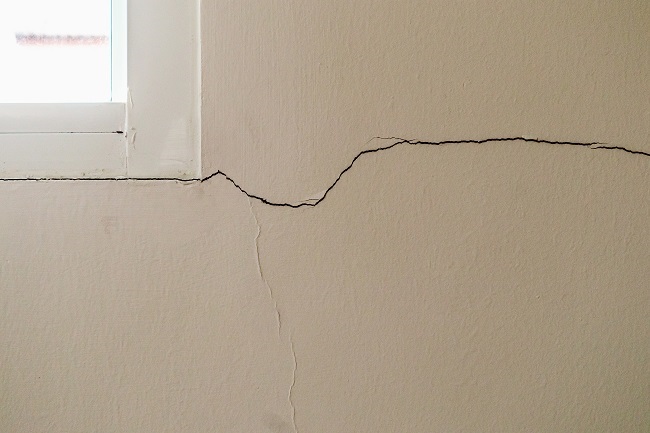Decoding Wall Cracks: What They Reveal About Your Foundation’s Health
A house is only as strong as its foundation. For homeowners, spotting wall cracks can be unsettling. But what do these cracks truly indicate? At Dodson Foundation Repair, we’ve had decades of experience identifying and decoding various wall cracks. Join us as we demystify different crack types and delve into what they suggest about foundation health.

The Science Behind Wall Cracks
Before panicking about a small crack, it’s essential to understand why they occur. Houses settle over time, and as environmental conditions fluctuate, the ground underneath expands or contracts. Such changes can exert pressure on the foundation. Factors influencing wall cracks include:
- Soil Movement: Clay-rich soils tend to swell with moisture and contract during dry periods, leading to potential wall cracks.
- Weather Patterns: Extended droughts or heavy rainfall can affect soil stability and, subsequently, foundation integrity.
- Construction Quality: Poor construction methods or materials might not withstand the pressures of shifting soil effectively.
Types of Wall Cracks & Their Implications
- Vertical Cracks
- Appearance: Typically starting from the wall’s top and moving straight down.
- Cause: Often due to settling and usually aren’t a severe concern.
- Foundation Health: Generally suggests a healthy foundation but warrants monitoring to ensure the cracks don’t widen over time.
- Horizontal Cracks
- Appearance: Run side to side and might span the wall’s length.
- Cause: Typically result from external pressure, possibly from saturated soil or hydrostatic pressure.
- Foundation Health: This type of crack might indicate serious foundation problems, and immediate professional evaluation is recommended.
- Diagonal Cracks
- Appearance: Sloping lines that often emerge from a window or door corner.
- Cause: Uneven settling or when one foundation part drops while another section remains stable.
- Foundation Health: Might indicate differential settling, which can be concerning. Professional assessment is advised.
- Stair-Step Cracks
- Appearance: Resemble a staircase, often seen in brick or concrete block walls.
- Cause: Point to differential settling or soil movement.
- Foundation Health: Depending on the crack width and pattern, this can be a sign of potential foundation distress.
- Hairline Cracks
- Appearance: Thin, minor cracks.
- Cause: Commonly due to regular house settling.
- Foundation Health: Typically not a concern but should be monitored for widening.
Addressing the Issue: When to Seek Professional Help
While minor cracks might not signal an immediate problem, it’s always wise to monitor any new or widening cracks. When in doubt, seeking an expert opinion ensures peace of mind and timely interventions if needed. At Dodson Foundation Repair, we offer free foundation evaluations, allowing homeowners to understand their foundation’s health without any financial commitment.
Wall cracks, though common, should never be overlooked. Recognizing and understanding the different crack types can be a homeowner’s first line of defense against potential foundation issues. With Dodson Foundation Repair by your side, you’re equipped with the knowledge and expert assistance to keep your foundation robust and healthy for years to come. Contact us today!
